One of the most ubiquitous and overused words in modern times is ‘shaman.’ So before we try to unpack the concept and better understand why it seems to be such a relevant and sticky idea, I would like to propose the following distinctions within the terminology:
A shaman is a person born into an Indigenous society, who has the gift of communicating with the Spirit world in an altered state, using an array of techniques available to achieve this state. A shaman directs and moves energy to restore harmony within the individual, between the individual and the community, and between the community and the Spirit world.
Shamanism is a Western, conceptual construct developed to describe an understanding of the noticeable parallels between modern practices similar to the practices of a traditional Indigenous shaman.
Shamanic is an adjective used to draw attention to noticeable cultural elements such as myth, folklore, art and spiritual activity that can be associated with various motifs found among the diverse peoples of the world in various forms of shamanism.”
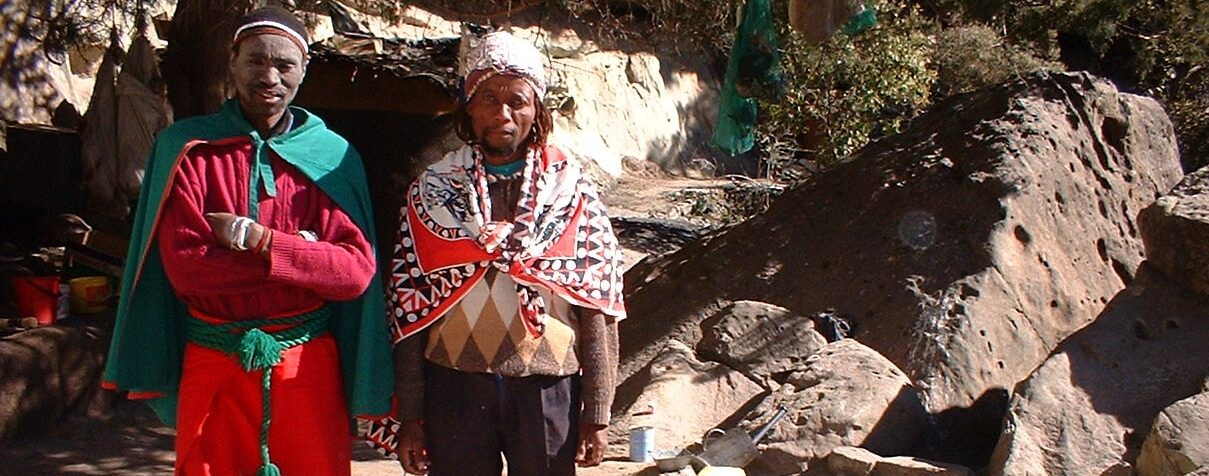
An authentic tribal healer would not consider that he was practicing a thing called ‘shamanism’, a word invented by Western academics to classify the least comprehensible practices of Indigenous Peoples. Shamanism is a modern Western conceptual construct developed out of comparative anthropology.
Very few modern healers will define themselves as ‘shamans’ simply because they are aware of the historical and socio-cultural background consorted by the term. However, they realize some equivalence between their practices and shamans from ancient times. They realize that they are the grandchildren of their early ancestors and may access the same knowledge pool through what Rupert Sheldrake called the morphogenic field or what Carl Jung called the collective unconscious. The experiential shamanic ceremonies and rituals being held today by guides, ceremonial leaders, sangomas, medicine men/women, curanderos, curanderas, pajes, etc. Many parts of the world use the same tools used many generations ago. These tools are timeless. They are tools handed down through many lineages from person to person.

Although an aspect of shamanism is accessing altered states, one does not have to be a shaman to access an altered state. The place of the shaman is to understand the altered state and be able to travel there at will, using techniques made available to him in his particular setting on this planet. This may be drumming, dancing, ingesting plants, singing, or other methods. He seeks to teach the individual how to heal themselves by observing the moment and by being able to see alternate realities that may be affecting the individual. An important observation about shamanism is that the shaman knows we are not alone. This means that when one human being compassionately works to relieve the suffering of another, the spirits are interested and become involved.
Since shamanism is not a religion but a spiritual practice or method, it cuts across all faiths and creeds, reaching deep levels of ancestral memory. As a primal knowing system, which precedes all established religions, it has its symbolism and cosmology, inhabited by deities, gods, and totems. Shamanism is not a belief system. It is based on experiential ceremonies conducted to heal, get information, or do other things. It is a knowing or knowledge system. The shaman works with what he knows and experiences, not what he is told to believe. He interacts with the spiritual deities. He does not have to believe in them; he knows them and co-operates with them to bring healing to a specific situation. They do not control him. This is very important to understand because shamanism is not a system of faith.
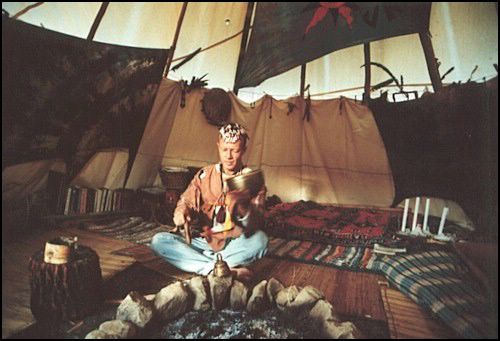
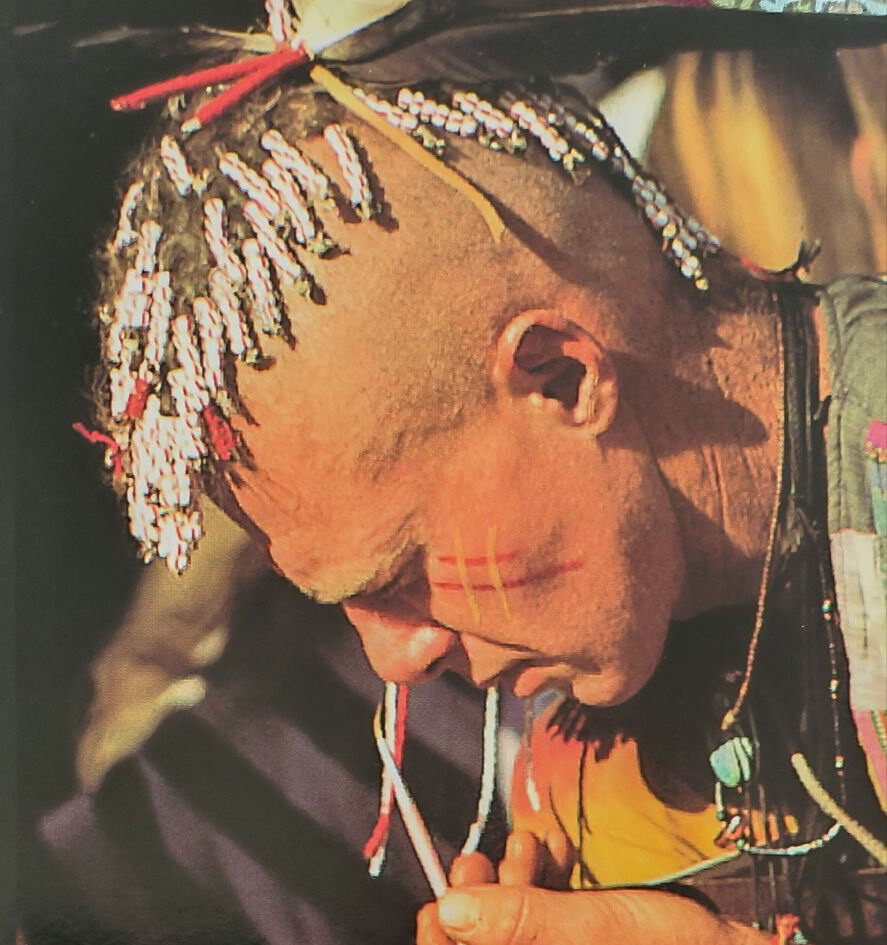
Probably all formalized religions began from ancient shamanic roots and still carry the shamanic threads of profound connection to the divine in all things. The practices are adaptable and co-exist with different cultures and traditions. Shamanism has always adapted to suit the particular society it serves. It is not an ancient system, although it existed in ancient times. It is a system that works now as well as it did when our ancestors practiced it.
Is Shamanism Relevant to Today’s Crisis?
My introduction to shamanism was through a series of dramatic events, which cracked my belief system and opened me to understand the world from a different perspective. It was more a journey of unfoldment than an introduction. Self-knowledge is achieved through experience and effort. It took a long time to shift my assemblage points from the system that I had been indoctrinated into by my Western schooling and the surrounding influences of my peers. It took time to understand that the practice I was being drawn to was not a belief and, thus, not a religion. The disintegration of my personal life provoked my interest in the path of shamanism as I knew it and a reconstruction of my reality from experience. This is a common motif among those awakened to the path of shamanism.
So what do we achieve in shamanic-type gatherings such as drumming, sacred dance, sweat lodges, vision quests, fire ceremonies, sacred plant ceremonies, traditional sangoma practices, Native American rituals, and other earth and plant-based technologies of producing altered states of awareness? How is it beneficial to us? Why do we do it?
Having participated in many ceremonies and rituals, I can speak from experience that these types of ceremonies are helping to shift the consciousness of humans, non-humans, and the planet at large in significant ways. One of the most important ways this happens is through the healing and balance that the ceremony brings to the community or group of people who gather together. As organized religion also understands, the act of congregation allows the congealing of common ideals and purposes. It also provides for community dialogue and deepening relationships and spiritual bonds. This happens within the container of deep personal healing for the individuals involved. When one has the space to still the mind and focus on oneself, we can heal traumas from childhood and other karmic entanglements.
The shamanic group also grows in strength with experience. As members of a particular shamanic group grow to know and trust one another, their healing ability for one another in ceremonies increases. Relationships and reciprocity of relations are integral to this cosmology and way of life.

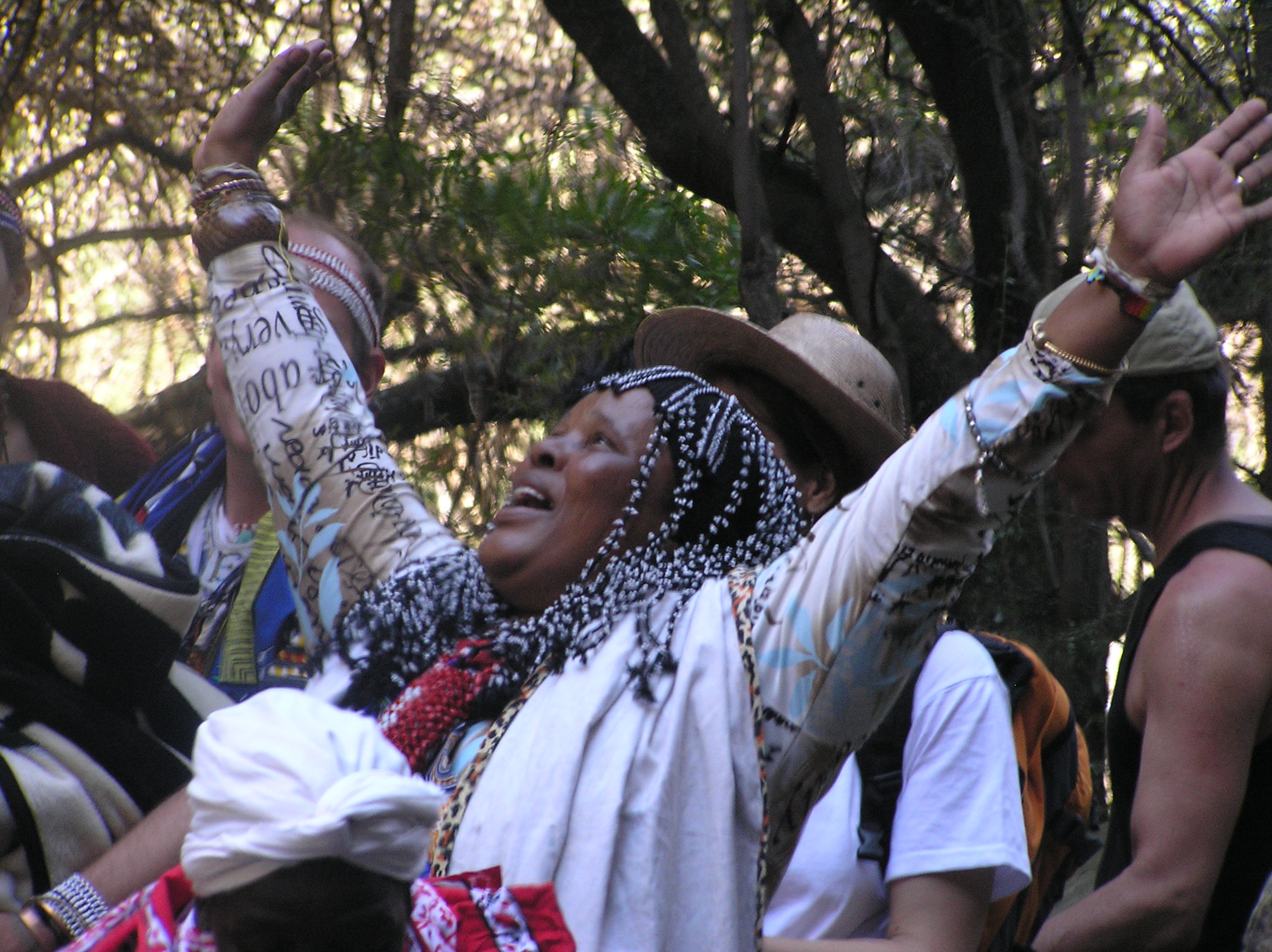
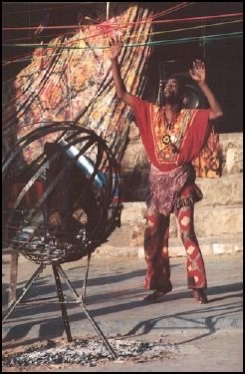
A foundation of shamanic knowledge is that we are caretakers of the Earth and must return to an Original Wisdom already within us. A key aspect of this is that part of our purpose is to achieve healing within the sacred container of ceremonies to benefit all sentient beings, all our relations, and the planet itself.
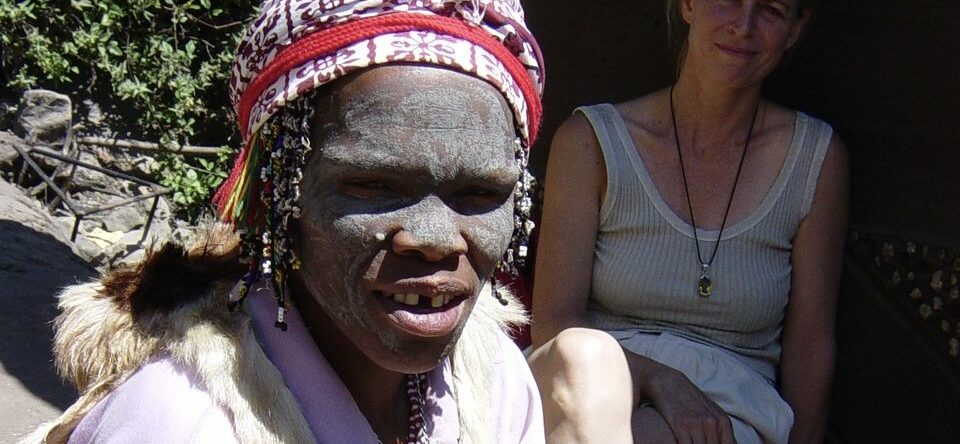
African Twasa, Training Sangoma.
Communal Shamanism
Every person participating in a ceremony is an intricate part of the evolutionary process. Rather than approaching the shaman as the sole healer, it is the communities unity and focus, together with the ceremonial host, that produces healing, as the group achieves heightened states of awareness with the support and assistance of their peers. This is the core of Communal Shamanism.

Shamanism has a way of making complicated things quite simple. The solutions to many of our seemingly complicated problems – both collective and personal – are very simple. Take care of your body, take care of the Earth, take care of your family, friends, children, and relatives, honor our ancestors, be useful, be generous, accept abundance as the nature of things, trust the universe, and strive to be conscious and aware of the fact that we co-exist on this planet with a multitude of other beings on the physical and spiritual levels.
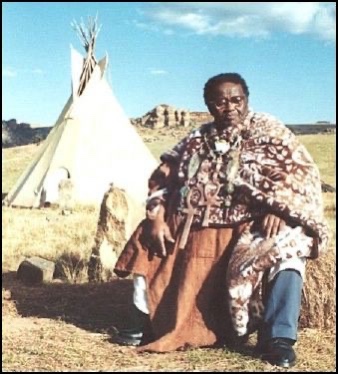
In a shamanic view, the future will unfold to create the past in the present as it has for millennia, and no human, ancestor, demi-god, or god will change that. The being we label as God is best described as a living being that is the cosmos, the Great Mystery, the life force of all beings, and it is unfolding through us. We are the evolutionary process unfolding through itself and unto itself. We are all carriers of an ancient way of knowing that is increasingly being remembered one community at a time with every ceremony and with the calling of every sacred circle.